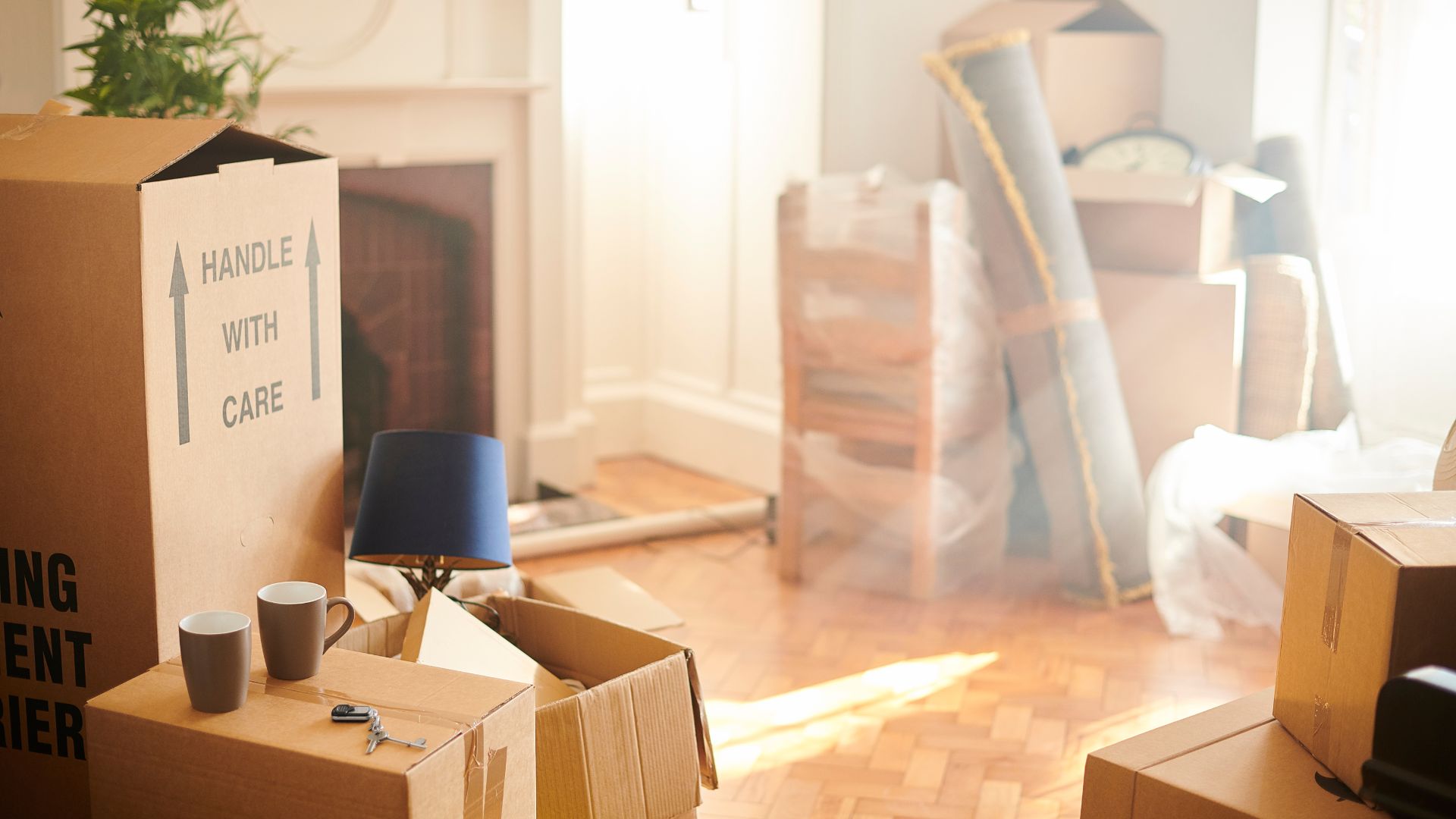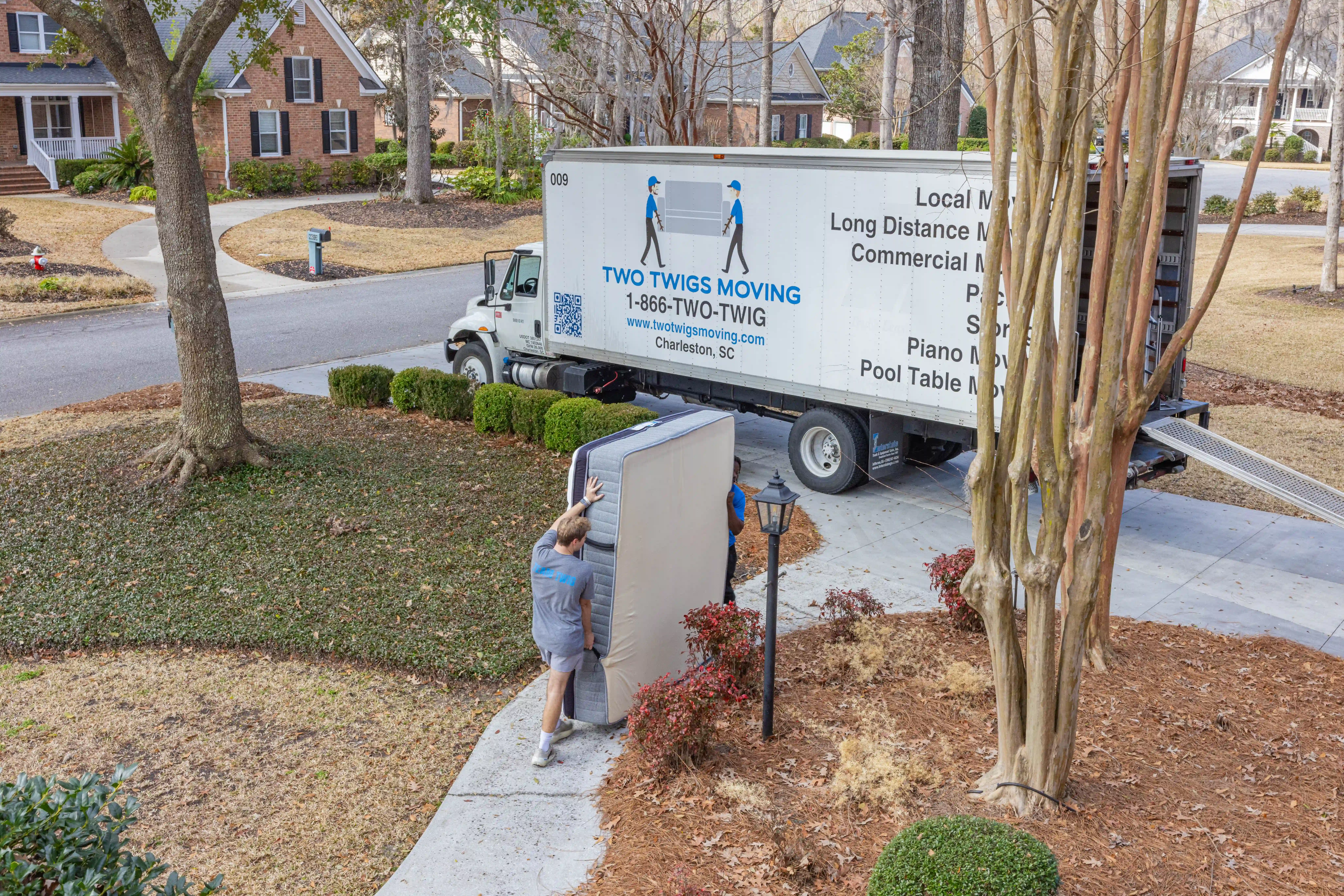Having the right types of moving boxes can make the moving process smoother and more organized. Each box is designed for specific items, ensuring their safety during transportation. In this moving box guide, we’ll outline the common types of moving boxes and what items they are best suited for.
1. Small Boxes:
Purpose: Small boxes are perfect for heavy items that you want to keep in small quantities to avoid making the box too heavy.
Items to Pack:
- Books
- DVDs/CDs
- Small appliances
- Tools
2. Medium Boxes:
Purpose: Medium boxes are versatile and suitable for a variety of household items. They strike a balance between size and weight.
Items to Pack:
- Kitchen items (pots, pans, small appliances)
- Electronics (computers, printers)
- Toys
- Small lampshades
3. Large Boxes:
Purpose: Large boxes are great for lightweight, bulky items. However, be cautious not to make them too heavy to lift.
Items to Pack:
- Bedding (comforters, pillows)
- Larger lampshades
- Clothing
- Blankets
4. Wardrobe Boxes:

Purpose: Wardrobe boxes are designed to transport hanging clothes directly from the closet, eliminating the need to fold and pack them separately.
Items to Pack:
- Clothes on hangers
- Coats and jackets
5. Dish Boxes:
Purpose: Dish boxes, with their reinforced walls, are ideal for fragile and breakable kitchen items.
Items to Pack:
- Plates
- Glasses
- Bowls
- Fragile kitchen items
6. Picture/Mirror Boxes:
Purpose: Picture and mirror boxes are long and flat, providing extra protection for artwork, mirrors, and framed pictures.
Items to Pack:
- Framed art
- Mirrors
- Flat-screen TVs
7. File Boxes:
Purpose: File boxes are designed for transporting and organizing important documents.
Items to Pack:
- Important documents
- Files
- Office supplies
8. Specialty Boxes (TV Boxes, Mattress Boxes, etc.):
Purpose: Specialty boxes are tailored for specific items, providing extra protection and support during the move.
Items to Pack:
- Flat-screen TVs
- Mattresses
- Lamps
Tips for Efficient Packing:
- Label Boxes: Clearly label each box with its contents and the room it belongs to. This makes unpacking much more manageable.
- Pack Heavy Items at the Bottom: Place heavier items at the bottom of the box and lighter items on top to ensure stability during transportation.
- Fill Gaps: Use packing paper or bubble wrap to fill gaps in boxes and provide extra cushioning for fragile items.
- Pack Similar Items Together: Group similar items together in each box to make unpacking and organizing at your new home more efficient.
- Don’t Overpack: While it’s tempting to maximize box space, avoid overpacking to the point where boxes become too heavy or items risk damage.
By following this moving box guide and choosing the right boxes for each type of item, you’ll be well-prepared for a smoother and more organized move. Happy moving!


.svg)


